2022 Volvo C40 Recharge Twin Ultimate – Not Quite Fully Charged
The Truth About Cars
JUNE 9, 2023
On paper, the 2022 Volvo C40 Recharge Twin Ultimate seems like a fine compact EV. I couldn’t think of a use case where needing to be in the driver’s seat with the key on your person would inconvenience you except for a scenario where a driver runs into a store and leaves passengers to play with the radio. And it looks cool.

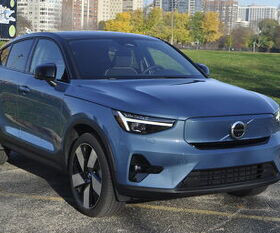







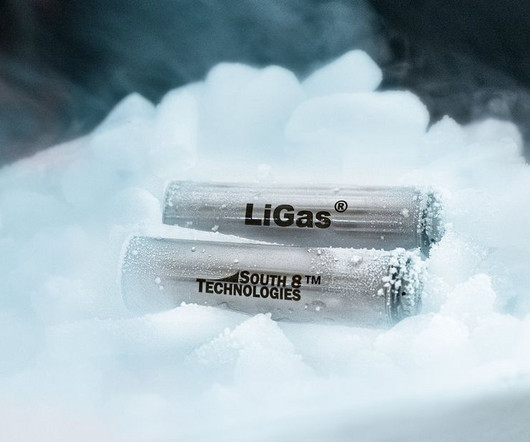



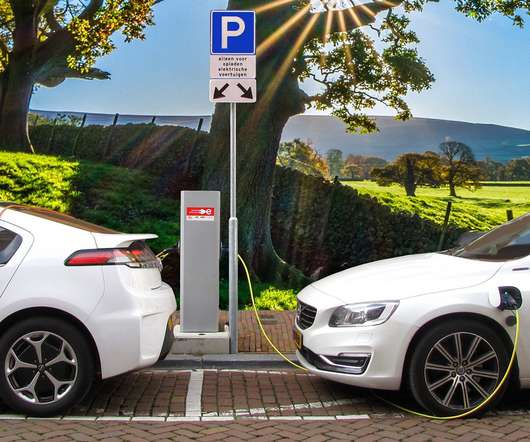

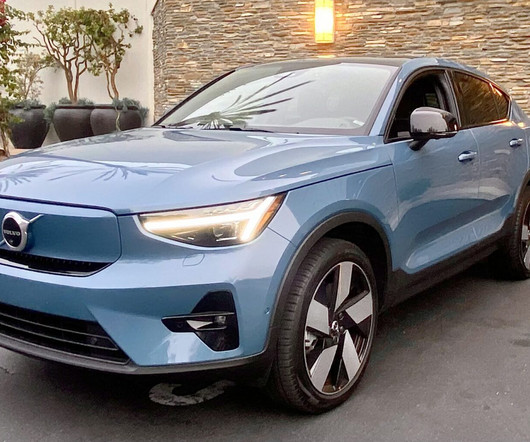


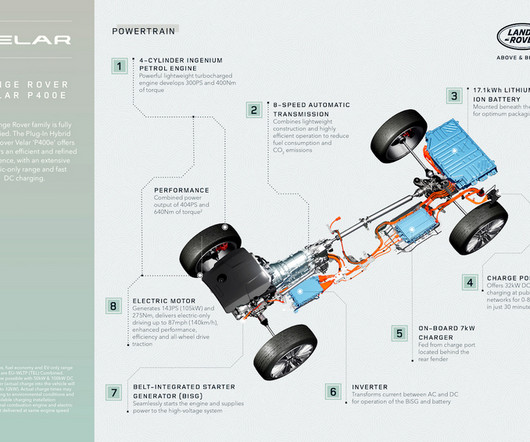





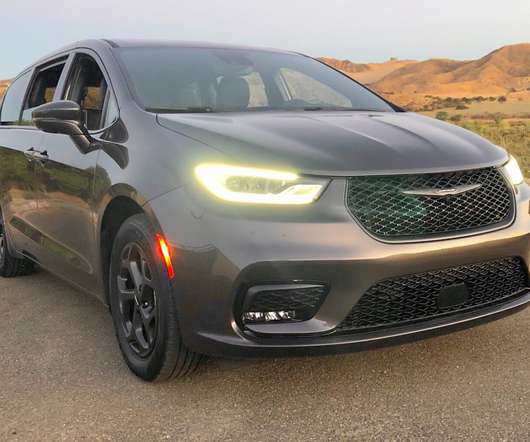
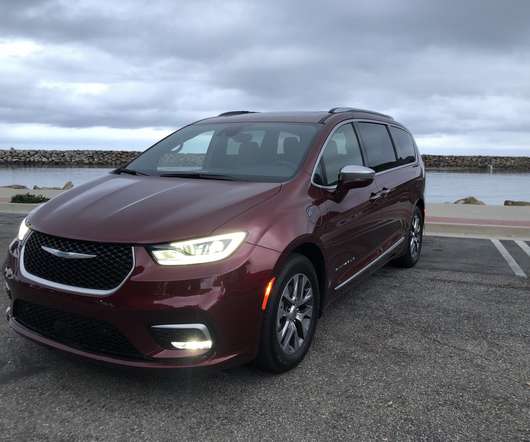
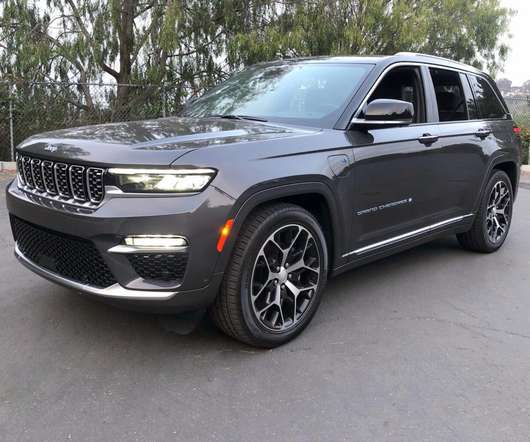






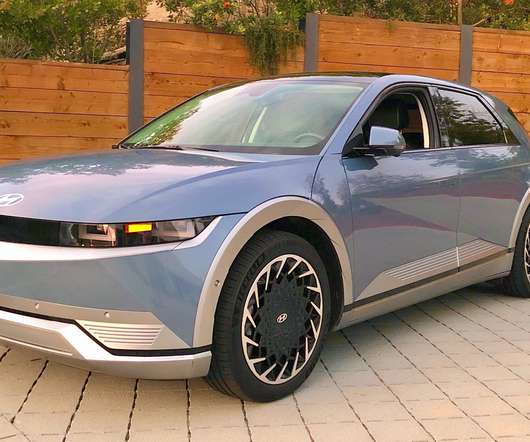
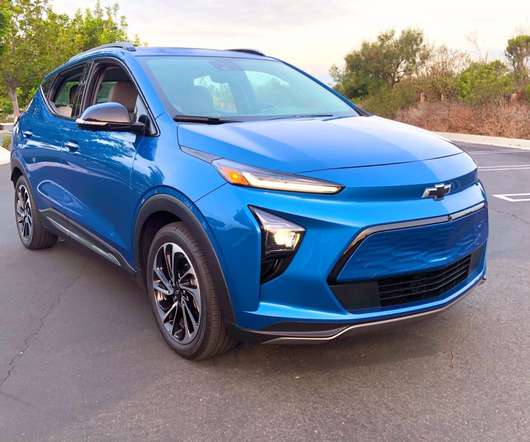


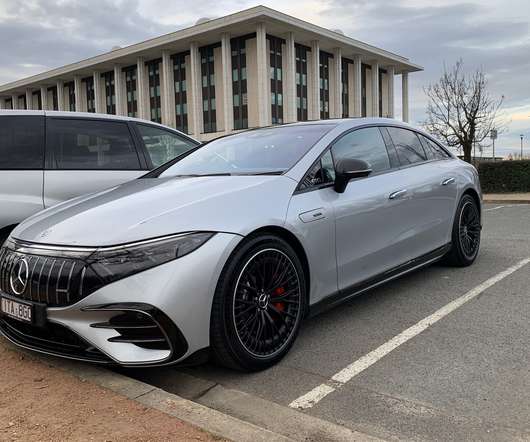








Let's personalize your content